Retro version means "turning back" and in medicine stands for various phenomena. On the one hand, the extremities can be raised in a dorsal direction and, on the other hand, certain bone sections are retroverted by themselves. Additionally, retroversion can refer to the backward tilt of organs such as the uterus (uterus).
What is the retro version?

The joints of the body have different axes of movement. This means that limbs have different forms of movement and degrees of movement, depending on the shape of their participating joints. Joints with only one axis of movement allow two forms of movement: movement and countermovement, which brings the limbs back to their starting position. Usually the two forms of movement of uniaxial joints are extension and flexion.
In comparison, retroversion is a relatively rare form of movement within the human body. The sequence of movements involves rotating an extremity about an axis in the frontal plane, i.e. lifting the extremity backwards. The retroversion, together with the anteversion, forms an axis of movement. In the anteversion, the extremity is raised forward.
Regardless of the extent of movement of the joints, the term retroversion is often associated with organs in medical jargon, especially in relation to the female genital organs. In this context, the retroversion or backward inclination of the uterus should be mentioned, which is physiological to a certain extent.
Function & task
In principle, the retroversion does not have to be directly associated with an axis of movement, but can also designate the position of a specific section of bone in the dorsal direction. This is the case, for example, with the shoulder socket, which is positioned dorsally in the shoulder joint and is therefore retroverted.
As an actual form of movement, the retroversion again refers to the extremities, that is, the human arms and legs. Humans can lift their arms and legs forwards and backwards to a certain extent. The associated movement axis is the retroversion-anteversion axis. The associated level is called the transversal.
Shoulder and hip joints, for example, are equipped with this axis. The shoulder joint is known as the most flexible ball joint in the body. The hip joint is also a ball joint, but occurs in the joint variant of the nut joint: a subspecies of the ball joint. An anteversion of up to 90 degrees is possible in the shoulder joint. Compared to this, the retroversion is relatively low with a maximum of 50 degrees.
In retroversion, the arm is moved in the shoulder joint around a shoulder axis of the frontal plane in the dorsal direction. The arm is raised backwards. The retroversion of the leg corresponds analogously to a rotation of the lower extremity in the hip joint around a frontal plane axis in the dorsal direction and thus to the lifting of the leg in the rear direction. Retroversion is related to the term extension and, in the type of movement described, represents an extension in the shoulder or hip joint to the rear.
In connection with organs, the retroversion stands for a backward tilt. Such a backward tilt can be physiological, especially in the female uterus. However, a retroversion of certain organs can also be a pathological sign and, for example, be due to trauma.
Illnesses & ailments
The retroversion of the extremities can be difficult or even eliminated under certain circumstances. Illnesses or trauma are to blame. Pain can also limit the retroversion of the extremities. Retro and anteversion are made possible by the shape of the shoulder and hip joints, but their realization is up to the muscles in this area. For this reason, muscle diseases can impair retroversion ability. In addition to inflammation, torn tendons and muscle fiber tears are possible causes for impaired or impaired mobility.
Muscles receive the command to retroversion via efferent motor nerve tracts from the central nervous system. A failure of the nerve conduction can therefore also impair retroversion. Such a failure or impairment of the nerve conductivity can result from compression, trauma or inflammation of peripheral nerves. Infections, for example, are possible inflammatory causes.
If the nerve conduction of the peripheral nervous system loses its conductivity due to demyelination, this is usually due to a polyneuropathy, which can be due to causes such as malnutrition or poisoning.
The cause of neuromuscular disorders of retroversion can also lie in the central nervous system and thus be associated with a spinal cord infarction, a stroke, a degeneration or an inflammation.
In addition to traumatically and neuromuscularly difficult or failed retroversion ability, a joint disease can also be responsible for symptoms of retroversion. In general, all joint axes of movement are affected in joint diseases. The best-known joint disease is osteoarthritis, in which the joint surfaces are affected by wear and tear beyond the physiological age limit. The articular cartilage wears out and the joints visibly stiffen. Often, osteoarthritis is preceded by excessive stress (e.g. due to being overweight) or poor posture.
All joints can also suffer from dislocation. In this pathological phenomenon, the joints ball out colloquially. As soon as the joint head is no longer in the associated joint socket, the retroversion is consequently also disturbed. Arthritic symptoms are common in the hip joint. The shoulder joint, on the other hand, is often dislocated because it is the most flexible ball joint in the body. The range of motion of a joint and thus also the ability to retroversion are determined using the neutral-zero method.

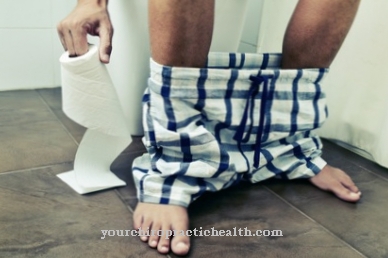

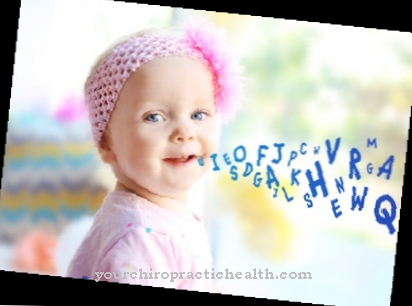
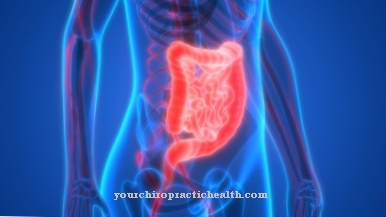
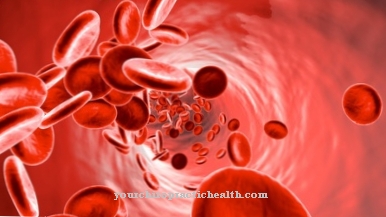
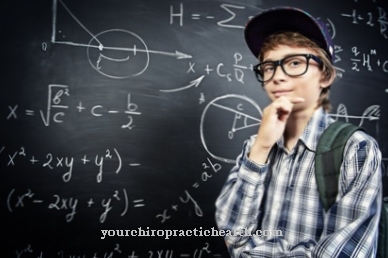






.jpg)

.jpg)
.jpg)











.jpg)